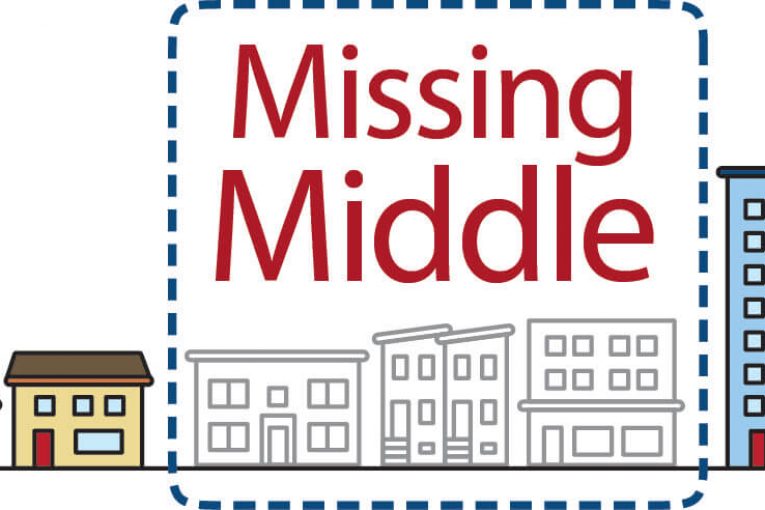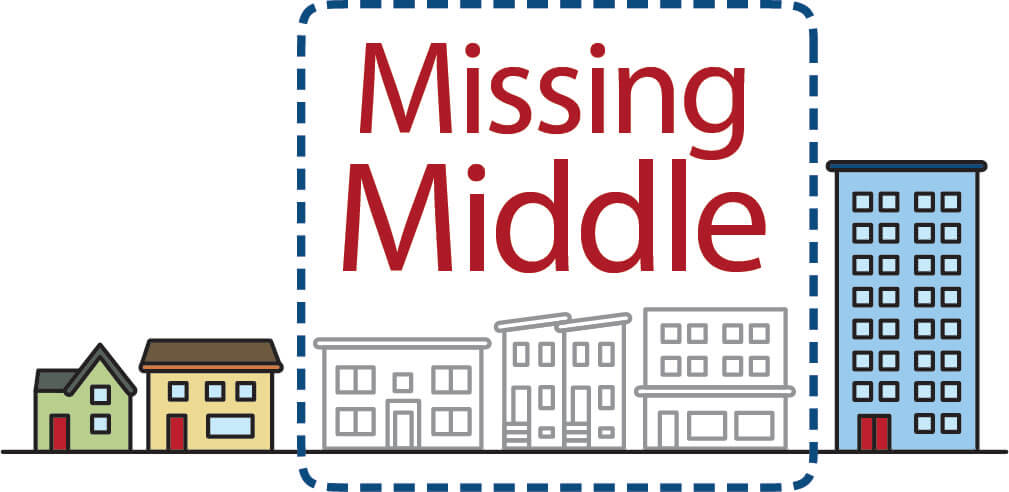
 By David M. Greenwald
By David M. Greenwald
Executive Editor
Davis, CA – This evening kicks of one of the more important stretches of time locally on the housing front. And maybe the most important part are not just the long list of very knowledgeable and important community leaders in the housing, but the fact that the event will by moderated by Mayor Josh Chapman.
As Georgina Valencia, one of the organizers of the event noted last week, the forum will answer the questions “why should we care about housing?” and “do we have enough housing?
As I have expressed in the last week and going much further back, these are the types of conversations that we need to be having as a community because while I think at some level most people recognize that there is a local housing problem in Davis – we have not had a concerted effort to engage the broader community.
I have previously pointed out some numbers that I think embody this issue:
The fact that over the last 16 years, the city has only BUILT about 700 single family homes. And by the way, I don’t disagree with the points raised that we could and perhaps should move away from single family homes. I point out that statistic as a  metric for the housing crisis in town.
metric for the housing crisis in town.
There are those who argue that we need to focus on affordable housing – I agree. There is a reason why RHNA itself focuses so heavily on affordable housing. In the last cycle – the sixth cycle – the number were 2100 or so total homes, but 920 or so of those were to be for low or very low income folks.
That comes to nearly 45 percent affordable housing – obviously we are not going to produce anything close to 45 percent affordable housing, which likely means that we will have to go well beyond the 2100 units to reach our affordable housing goals – and I’m sure that was at least part of the goal.
The question of what that housing should look like, how the city is going to meet its upcoming seventh cycle obligations, and where remains to be determined.
But for so long in Davis, the conversation has been a debate between housing and no housing. The answer from many in the community has been – okay, maybe we need housing, but not this.
While I think it is clear that the majority of the people – sometimes as many as 70 percent in various polls – understand that we need to build more housing, we are still bogged down in the minutiae.
Can we get passed that to the point where we can move forward and actually build some of this housing? I don’t know. Frankly, at this point I’m not all that optimistic even.
I thought Alex Achimore for example had a pretty good piece this week, “More Housing, Not Houses.”
His point: “We’ve already got plenty of houses, and a huge proportion of them are rolling over as seniors like me move on. We need more housing in Davis, but let’s build what more people can afford.”
He continued, “if we are going to expand our boundaries, I think it should be for those who have been squeezed out, a.k.a. the “missing middle,” who earn what used to be considered decent, middle-class incomes and used to be able to purchase here.”
He further added, “I believe Davis needs to build more housing not just because the State housing laws and our Regional Housing Needs Assessment (“RHNA”) requires it, but because California has fallen way behind on building enough to keep up with the growth in population and we need to catch up.”
One of the things we have learned maybe in the last few years is that housing is not a dichotomy. It’s not build or don’t build – there is also a vibrant discussion that needs to take place about what and how to build.
And this is a crucial point that I think we need to consider – for example, I probably agree with Achimore here about 90 percent of the way. Where I would slightly differ is that I would argue that Davis doesn’t have plenty of houses. If you look at the housing market, we only see a few dozen homes turning over each month – that doesn’t mean that lack of turnover is bad, btw, it means in my view we simply don’t have enough houses to meet the demand.
That is exemplified in the statistic that shows that the average house is on the market for about 10 days and the median price is around $900,000.
Those houses are expensive, but they are selling and selling quick.
On other hand, we also know that there is a huge market for middle-range housing. I noted a few months ago the $600,000 which was in need of some repair, that generated a whopping 32 offers.
But none of this helps us unless we can actually build the housing.
Look at it this way – we have Nishi and West Davis Active Adult Community (both have changed their names – but this is what we called them when they came before the voters) – they got approved by the voters, the only two projects to pass Measure J votes, and yet neither is built.
The same can be said for Chiles Ranch – a non-Measure J project.
Recently someone who works for a developer told me that every year, the cost of building a home goes up about 5 percent. That means if it takes five years to get something built, the cost of that housing is going up at least 25 percent. In a way, that’s really stunning.
At the end of the day, we won’t all agree on how to go forward and that’s the nature of democracy. What we need to do however is figure out a way to get more housing built, housing that meets our needs, and housing that can be built in a timely fashion.
There is still time to join the conversation tonight – click here to reserve your free spot – 6 to 9 pm at Davis Community Church.


David, you make this statement often, but it’s disingenuous. WDAAC/Bretton Woods has been under construction since 2022, at least (in September 2022 I was working on the parcel to the west and noticed that grading was underway). Houses on virgin land don’t spring up overnight, and the investment in engineering design, grading and utility installation is way too big to be just for show.
The point is definitely stronger for Nishi, and certainly Chiles. But my point here is this: if the cost of construction is going up that fast – 5 percent per year, that’s adding cost to housing. As you point out – some of that is going to be inevitable, but some of that is self-inflicted. It’s also interesting to point out that while many people have argued that the value of the housing for Chiles has gone way up since 2009 when it was first improved, but they fail to point out that the cost of construction has concurrently gone up and it might negate some of that perceived value increase.